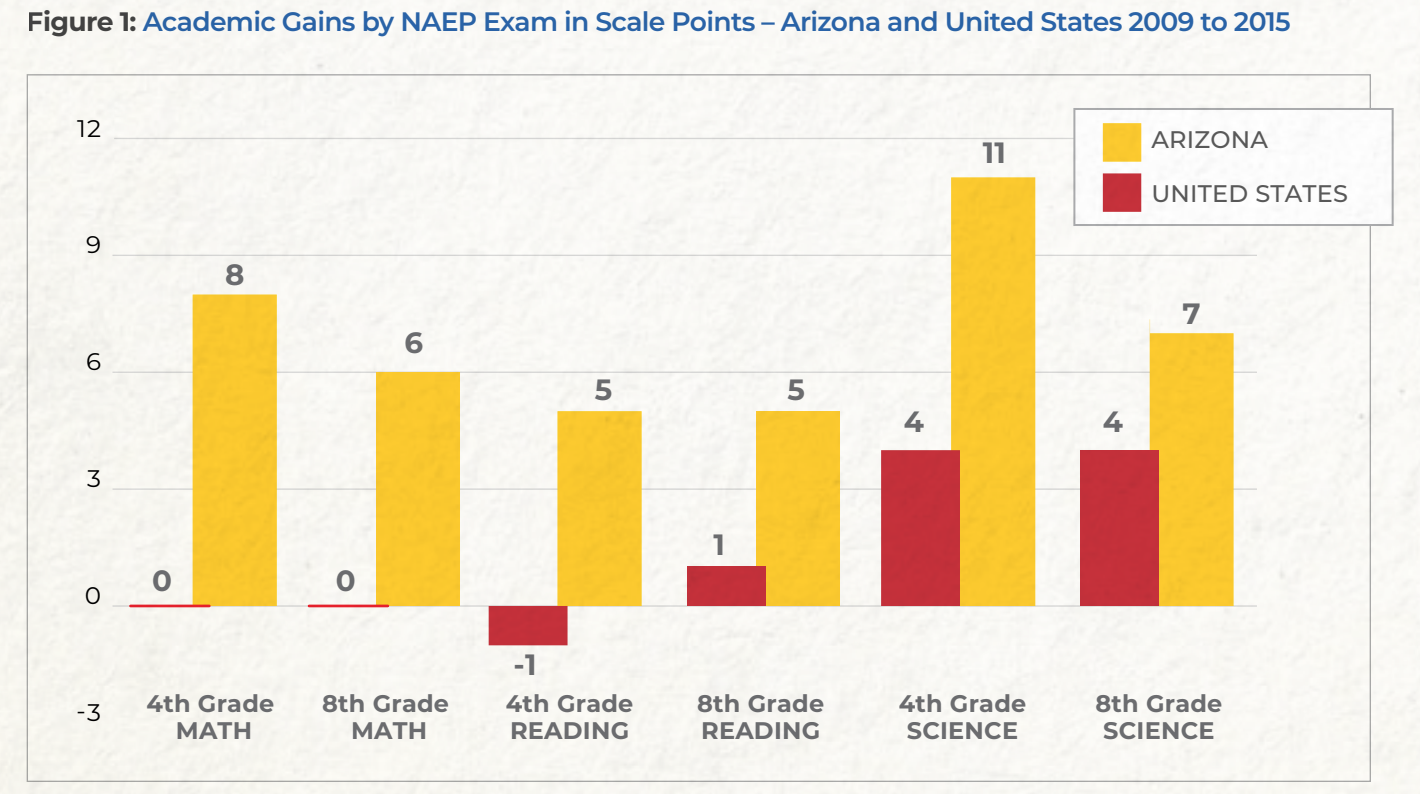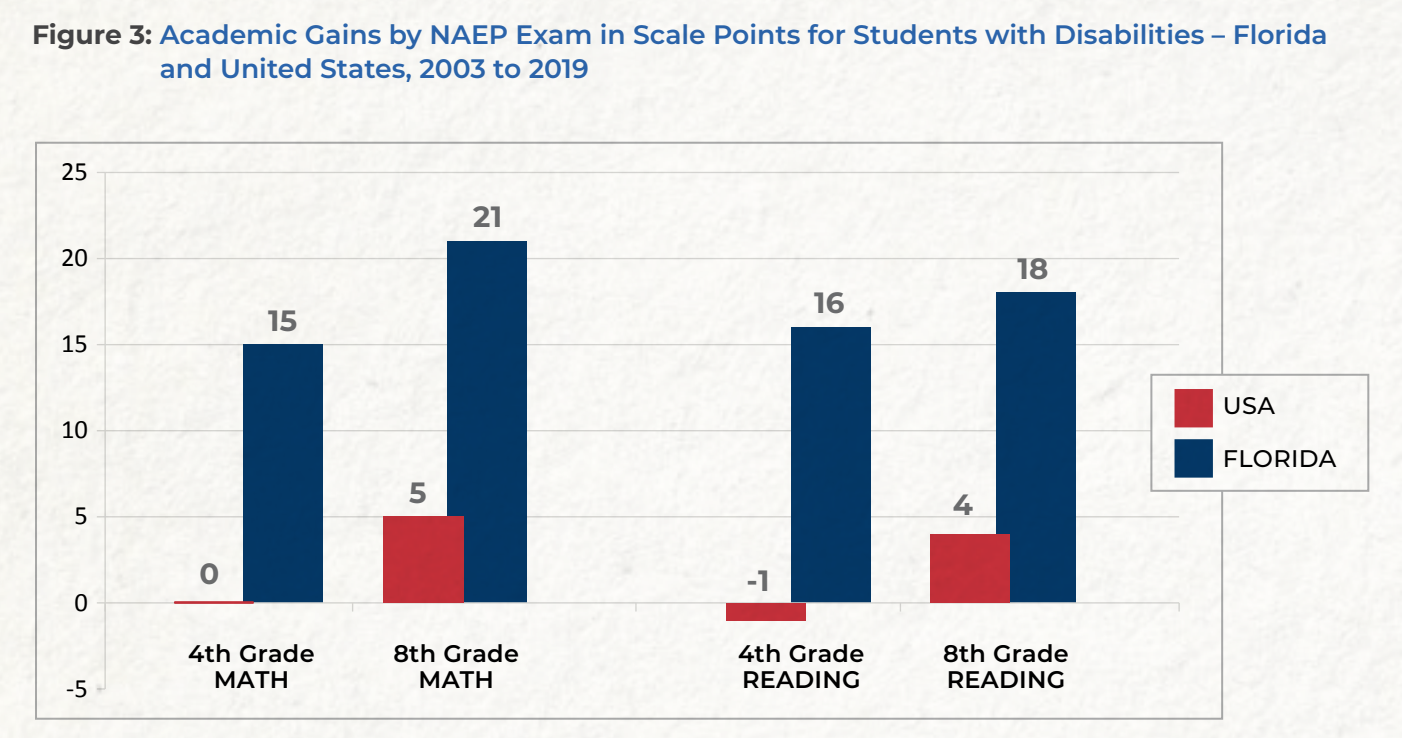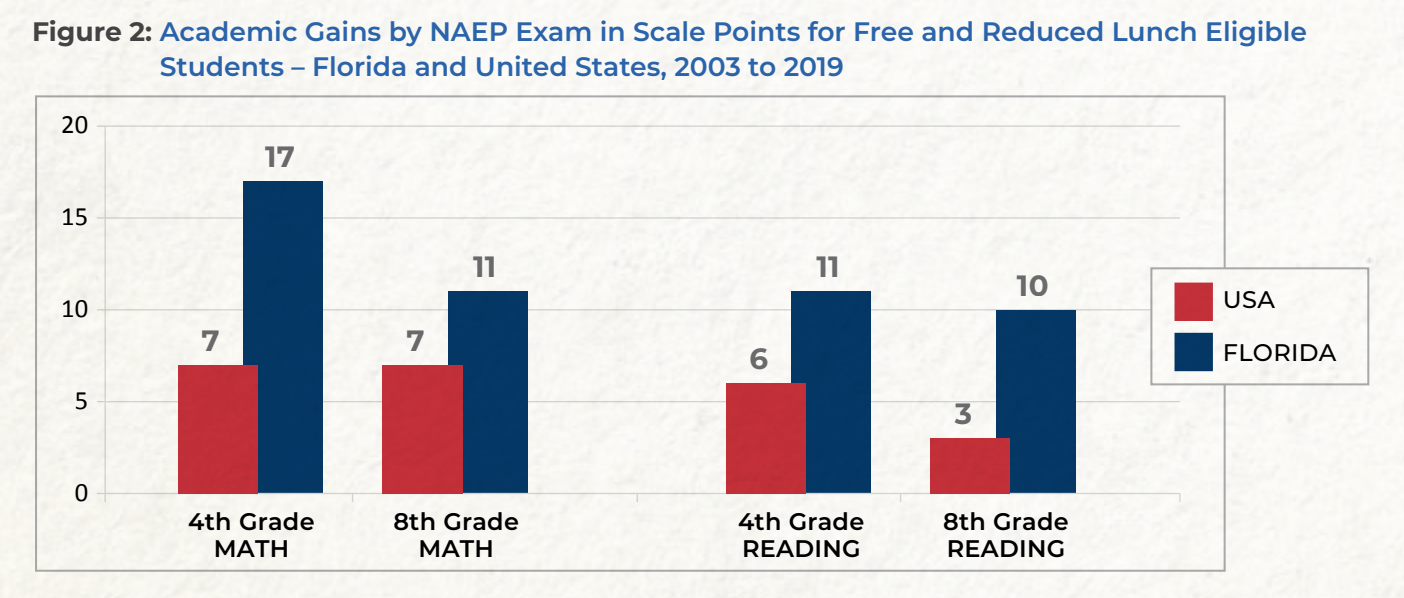Expanding school choice could be a game-changer for educational success in Missouri
There is a lot of debate (and politics) over school choice happening in Jefferson City this year.
While our elected leaders may not agree on the specifics of individual policy proposals, most agree that we must improve education in Missouri.
The simple facts are not pretty:
- Over half of our students state-wide are not reading on grade level based on state assessments.
- Over half of our students state-wide cannot do math on grade level based on state assessments.
- Many schools don’t have ANY students who are on grade-level in either reading or math on state assessments.
Missouri performs equally badly on the National Assessment of Educational Progress (NAEP) which is also known as the nation’s report card. While proficiency on the NAEP is not the same a being on grade level, it is still disturbing that in 2019:
- Only 39% of 4th graders and 31% of 8th graders ranked as proficient in math in Missouri.
- Only 34% of 4th graders and 33% of 8th graders ranked as proficient in reading in Missouri.
New study shows school choice can make a big difference
A new study from the University of Arkansas provides some clear evidence of the best policies for improving academic performance based on NAEP scores from across the country for the past 20 years.
According to the study, expanding comprehensive school choice and improving teacher quality are the two most effective measures for increasing student performance.
The study looked at a variety of policy solutions including increasing per-pupil funding and reducing class sizes and found that these efforts either had negative or statistically insignificant impacts on NAEP scores and year over year gains in NAEP performance.
Increasing educational freedom through school choice through a variety of measures including strong homeschooling laws, charter schools, open enrollment, and private school choice programs, on the other hand strong, statistically significant impacts on both student performance and student gains on the NAEP.
More options results in greater student performance
According to the study, states that have a wide swath of school choice options in both rural, suburban, and urban settings saw the biggest increases in student performance on the NAEP.
The study highlights the differences in improvements in NAEP scores and student gains in states like Arizona and Florida, which have multifaceted and complex school choice environments.
In Arizona, charters are equally available in both urban, suburban and rural areas, private
school choice initiatives include a mix of programs with universal eligibility, means-tested eligibility, and special needs eligibility, and districts schools have remained competitive by instituting full open enrollment programs (in the Phoenix area, for example, open enrollment transfers outnumber charter school students almost two to one).
In short, a family living anywhere in Arizona can choose the school they send their child to based on the child’s needs, not their income or where they live.
As a result, over the past 20 years, Arizona is the only state “to show statistically significant gains in all six NAEP exams. Arizona students gained between 5 and 11 points on those NAEP tests, while the average national change ranged from a loss of 1 point to a modest gain of 4 points.

Florida has undergone a tremendous education freedom revolution in the past 20 years with the expansion of its charter school program and a number of private school choice programs that are specifically targeted at the students most in need.


As a result of these efforts, Florida was the only state in the country to see statistically significant improvement on three of the four assessments (grades 4 and 8 Math and grade 8 Reading) on the 2017 NAEP.
Even more impressively, as a result of its targeted private school choice programs, Florida has seen amazing academic gains for students with special needs and low-income students since 2013.
Low-income students in Florida saw gains of 10-17 points during that time compared to average gains of only 3-7 points nationwide.
During the same time period, NAEP scores for students with disabilities in the U.S. were flat in 4th-grade and only increased by four-to-five scale points for 8th-grade students, but in Florida, students with special needs scored 15-21 points higher.
How can Missouri replicate these successes?
Based on the successes revealed by this new study (and plenty of other studies over the past two decades), it is clear that Missouri needs to do everything it can to create a dynamic and welcoming school choice environment for our students.
The Missouri House of Representatives has taken some good first steps to achieving this this year, passing the state’s first Empowerment Scholarship Account program and an initial step at creating open enrollment. Missouri’s Senate needs to pass these bills, and our Governor needs to sign them.
But this is only a first step. In future years we need to expand both the ESA program and charter schools to be able to work in all areas of the state, and we need to make sure that districts are required (not just permitted) to allow open enrollment.
If you would like to join the movement to improve education in Missouri just fill out the form below.
« Previous Post: GUEST BLOG: School choice is about finding the right fit for a student
» Next Post: Other states racing to secure school choice